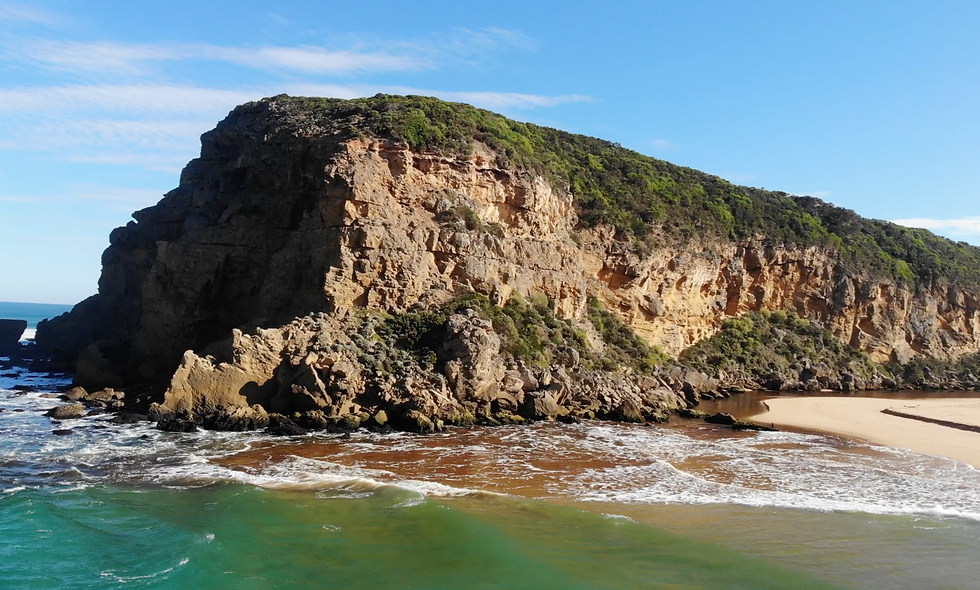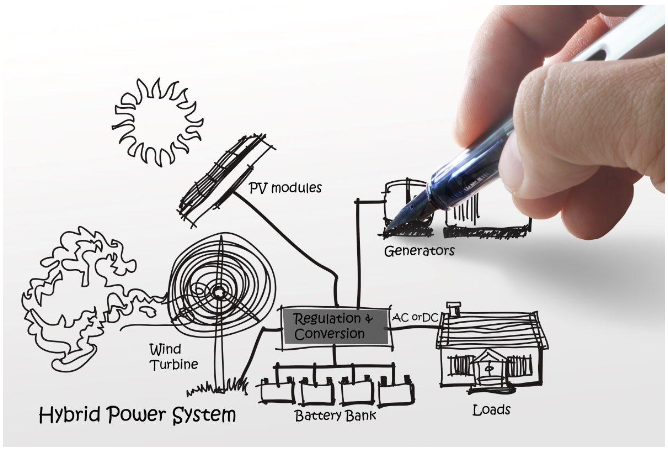Great Otway National Park: Victoria's Natural Sanctuary for Biodiversity and Carbon Capture
- Editor
- May 6, 2024
- 4 min read

"Nestled in the southwestern region of Victoria, Australia, Great Otway National Park stands as a pillar of ecological diversity and environmental stewardship"
The Great Otway National Park is managed with a strong focus on conservation and sustainability. Efforts include habitat restoration projects, invasive species control, and fire management practices designed to maintain and enhance the park's natural ecosystems.
Sustainable tourism is also a priority, with numerous walking trails, guided tours, and educational programs aimed at fostering a deep appreciation and understanding of the park's natural and cultural heritage.
Spanning over 103,000 hectares, this extensive park is a vibrant mosaic of dense rainforests, serene coastlines, rugged mountains, and cascading waterfalls, making it a key player in Australia's efforts toward sustainability and carbon sequestration.
"My deep appreciation for the Great Otway National Park began in 2010, leading educational tourism trips that introduced both domestic and international students to the wonders of environmental conservation and the places that we call home" - Joel
Each trip was an opportunity to instill a sense of responsibility towards our planet, focusing on sustainability and the importance of caring for our environment. These experiences were not just educational but transformative, both for the students and our teams reformed connection to the local ecosystems
The park's rainforests are lush with ancient tree ferns and towering giants such as the Mountain Ash, one of the tallest tree species in the world. These forests are not only breathtaking in their beauty but are also crucial habitats for wildlife, including the iconic koala, vibrant bird species such as the Crimson Rosella, and elusive mammals like the spotted quoll.

An integral part of our school camp programs, and international tourism adventures was to ensure cross-cultural engagement, such as that with the local Gadabanud and other local Indigenous groups.
"These interactions enriched our guests understanding of the land and its cultural significance, providing invaluable lessons in traditional knowledge and environmental stewardship. The wisdom shared by these communities has been instrumental in shaping my approach to conservation." - Joel Thompson
Just last weekend, I returned to the Otways with my family and younger children, continuing a long standing tradition of planting trees when ever we can.



Each tree planted contributes to the park’s capacity for carbon capture, demonstrating a tangible commitment to climate action.
"These activities are not only about adding new life to the forest but also about teaching the next generation the importance of personal involvement in environmental care."
The Great Otway National Park’s dense eucalyptus forests, particularly those dominated by Mountain Ash, are vital in sequestering carbon dioxide. This capability is enhanced by the park’s diverse ecosystems and is a critical aspect of our fight against climate change.
Our tree planting efforts contribute directly to this, adding to the park's already significant role as a carbon sink.

The park is managed with a focus on sustainability. From habitat restoration to sustainable tourism, Great Otway is an example of how protected areas can function sustainably while providing educational and recreational opportunities.

"My family's recent visit is just a snapshot of the broader community effort to maintain and enhance this beautiful landscape for future generations."

One of the park's most significant contributions to environmental conservation is its capacity for carbon capture.
The dense eucalyptus forests, particularly those dominated by Mountain Ash, are highly efficient at sequestering carbon dioxide. These trees, with their vast biomass and rapid growth, absorb large amounts of CO2, thus playing a critical role in mitigating climate change. The park's varied topography and diverse plant life enhance this capability, establishing Great Otway as a vital carbon sink.
Research plays a pivotal role in the management of Great Otway National Park. Ongoing studies on flora and fauna populations, ecological monitoring, and climate impacts inform management practices that align with conservation goals. Additionally, the park benefits from strong community engagement, with local groups and volunteers actively participating in conservation activities, such as tree planting and wildlife surveys.


The Great Otway National Park, like many of Victoria's parks, is significant for its carbon sequestration and ecological diversity.
While comparing the carbon capture of various parks is complex due to differences in forest density, tree species, and ecosystem types,
Here's a summary comparing the Great Otway NP to five other notable Victorian parks:
Park Name | Approximate Size (hectares) | Dominant Tree Species | Carbon Capture Potential (relative) |
Cape Otway | 29,000 | Eucalyptus (Blue Gum, Manna Gum) | High |
Great Otway | 103,000 | Eucalyptus (Mountain Ash) | Very High |
Grampians | 168,000 | Eucalyptus (Yellow Gum, Stringybark) | Moderate-High |
Yarra Ranges | 76,000 | Eucalyptus (Mountain Ash, Peppermint) | Very High |
Wilson's Promontory | 50,000 | Eucalyptus (Swamp Gum) | High |
Dandenong Ranges | 3,000 | Eucalyptus (Mountain Ash) | Moderate |


This comparison highlights the relative carbon capture potentials of these parks:
Great Otway and Yarra Ranges: Their expansive areas, combined with dense, carbon-dense species like Mountain Ash, make them particularly effective at sequestering carbon.
Cape Otway: Offers a substantial contribution to carbon capture, primarily due to its eucalyptus species and diverse ecosystems.
Grampians: Its range of eucalyptus species contributes to a moderate-to-high carbon sequestration potential.
Wilson's Promontory: While smaller in size, its diverse ecosystems, including eucalyptus and coastal vegetation, offer significant carbon storage potential.
Dandenong Ranges: Though smaller in size, its Mountain Ash forests contribute moderately to carbon sequestration.
"On our recent trip to the Otways, we were fortunate enough to be given the opportunity to Plant 71 eucalyptus trees in the Cape Otway region significantly impacts carbon dioxide (CO2) capture and environmental sustainability"

For example, if you plant a Eucalyptus tree and it grows for 10 years under good conditions, you could estimate its carbon offset as follows (assuming it reaches maturity and maximum sequestration rate within those 10 years):
First few years: Less CO2 absorbed due to smaller size.
Mature years: Approximately 250 kg of CO2 absorbed per year.
If the tree absorbs an average of, say, 150 kg of CO2 per year over 10 years, it would offset about 1,500 kg of CO2 in total.
Eucalyptus trees, known for their rapid growth and large biomass, effectively absorb CO2, enhancing local air quality and reducing pollutants. This initiative also supports ecosystem restoration by promoting biodiversity and providing habitats for wildlife. Additionally, these trees contribute to soil conservation and water regulation, helping prevent erosion and improve water quality. Overall, planting these trees serves as a vital educational tool for community engagement in environmental stewardship, demonstrating a long-term commitment to combating climate change and preserving natural habitats.


